Neurovascular Compression Syndrome Symptoms
Neurovascular compression syndrome symptoms. Women are affected three times more frequently than men. Thus this imaging finding may not always lead to symptoms. The neurogenic type is the most common and presents with pain weakness and occasionally loss of muscle at the base of the thumb.
Neurovascular compression of the facial nerve may also be seen in asymptomatic controls and in the contralateral asymptomatic side in patients with unilateral HFS. Neurovascular compression syndrome NVCS is defined as a direct contact with mechanical irritation of cranial nerves CNs by blood vessels. 1 5 The most common neurovascular compression syndromes are trigeminal neuralgia TN.
This pulsatile compression can be seen to produce hyperactive dysfunction of the cranial nerve. Symptoms of trigeminal or glossopharyngeal neuralgia somatic sensory hemifacial spasm somatic motor tinnitus and vertigo special sensory and some cases of essential hypertension are caused by these vessels compressing cranial nerves V IX-X VII VIII and left X. Microscopic Microvascular Decompression This surgery alleviates facial pain or a facial spasm caused by a blood vessel pushing on a nerve.
The most common symptom is pain in an arm shoulder andor the neck. 1 Neurogenic symptoms can range in severity from nuisance to severely debilitating pain. CN VII vestibulocochlear neuralgia CN VIII and glossopharyngeal neuralgia GN.
This consists of extension of the neck rotation of the head toward the affected side abduction of the arm and deep inspiration. Most often caused by compression of the glossopharyngeal 9th cranial nerve glossopharyngeal neuralgia is the least common vascular compression syndrome affecting roughly 1 in 125000 people most of whom are 40 or older. Stieg MD PhD Neurosurgeon-in- Chief at NewYork-PresbyterianWeill Cornell Medical Center.
The patient was a 52-year-old man who complained of numbness and burning sensation around the neck and left shoulder area partial weakness in the left deltoid muscle right side thermal hypoalgesia and disturbance of deep sensation since the past 1. Considerable skepticism still exists concerning the concept of neurovascular compression NVC syndromes of the eighth cranial nerve 8th N. The term neurovascular compression syndrome refers to a heterogeneous group of signs and symptoms thought to be generated by the compression of arteries veins or nerves which is caused by the anatomical relationships of muscles ligaments and bony structures in the thoracic outlet.
Morinaga Y1 Nii K1 Sakamoto K1 Inoue R1 Mitsutake T1 Hanada H1. The diagnosis of all other forms of neurovascular compression syndromes relied on assessment of the pulse quality of the affected extremity under a maneuver described by Adson.
The neurogenic type is the most common and presents with pain weakness and occasionally loss of muscle at the base of the thumb.
It can range from trigeminal neuralgia or glossopharyngeal neuralgia somatic sensory hemifacial spasm somatic motor tinnitus and vertigo special sensory and some cases of essential hypertension. The concept of neurovascular compression syndrome of the cochleovestibular nerve has been continuously proposed since Jannetta et al 1415 first suggested that arterial compression of the cochleovestibular nerve might cause hearing loss vertigo and tinnitus. Patients can present with either facial pain or hemifacial spasm the two most common symptoms says Philip E. Our findings clearly demonstrate that the symptoms of NVC of the 8th N depend on the part of the nerve that is compressed by blood vessels and they support the concept of NVC syndrome of the 8th N. CN VII vestibulocochlear neuralgia CN VIII and glossopharyngeal neuralgia GN. This pulsatile compression can be seen to produce hyperactive dysfunction of the cranial nerve. Symptoms of trigeminal or glossopharyngeal neuralgia somatic sensory hemifacial spasm somatic motor tinnitus and vertigo special sensory and some cases of essential hypertension are caused by these vessels compressing cranial nerves V IX-X VII VIII and left X. Not all cases of neurovascular contact are clinically symptomatic. This consists of extension of the neck rotation of the head toward the affected side abduction of the arm and deep inspiration.
Stieg MD PhD Neurosurgeon-in- Chief at NewYork-PresbyterianWeill Cornell Medical Center. The diagnosis of all other forms of neurovascular compression syndromes relied on assessment of the pulse quality of the affected extremity under a maneuver described by Adson. Keywords Vestibular paroxysmia Neurovascular cross-compression Vestibular nerve Episodic vertigo Carbamazepine Review Introduction The main symptoms of vestibular paroxysmia VP are brief attacks of spinning or non-spinning vertigo which lasts a fraction of a second to a few minutes and occurs with or without ear symptoms tinnitus and hypo- or. Stieg MD PhD Neurosurgeon-in- Chief at NewYork-PresbyterianWeill Cornell Medical Center. Neurovascular compression of the facial nerve may also be seen in asymptomatic controls and in the contralateral asymptomatic side in patients with unilateral HFS. It can range from trigeminal neuralgia or glossopharyngeal neuralgia somatic sensory hemifacial spasm somatic motor tinnitus and vertigo special sensory and some cases of essential hypertension. Glossopharyngeal neuralgia can cause severe pain in the back of the nose and throat tongue or in rare instances the ear.

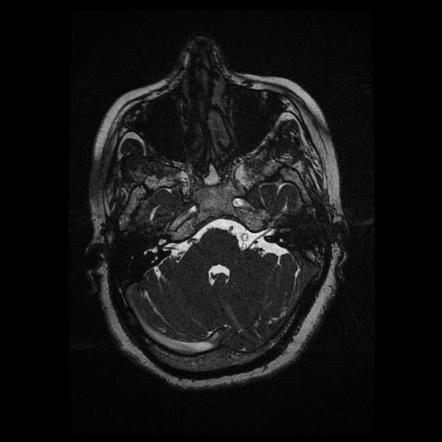
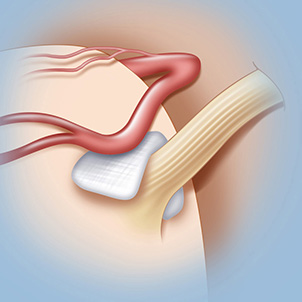











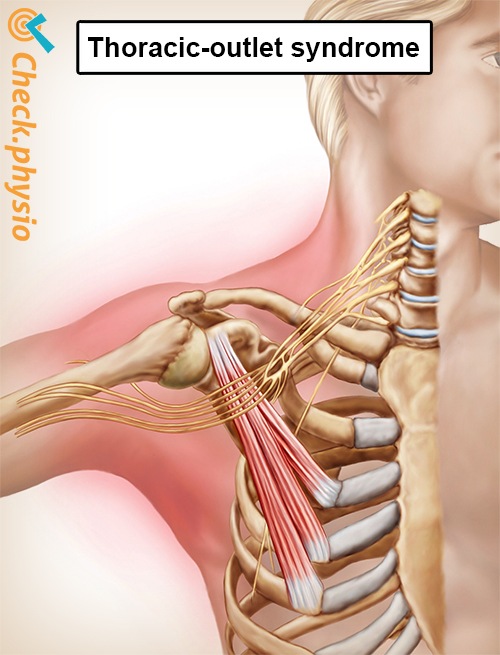


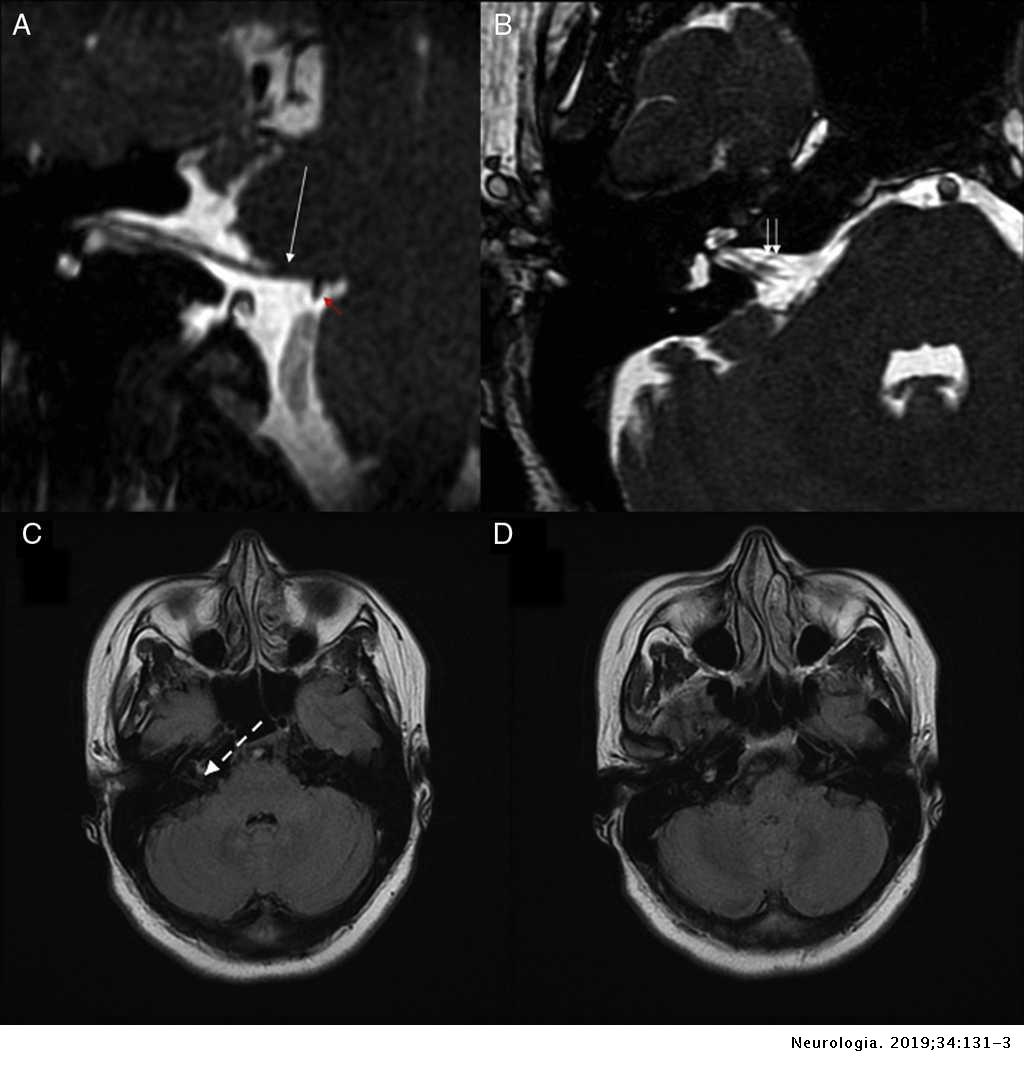

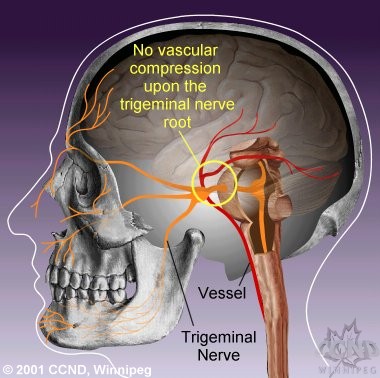
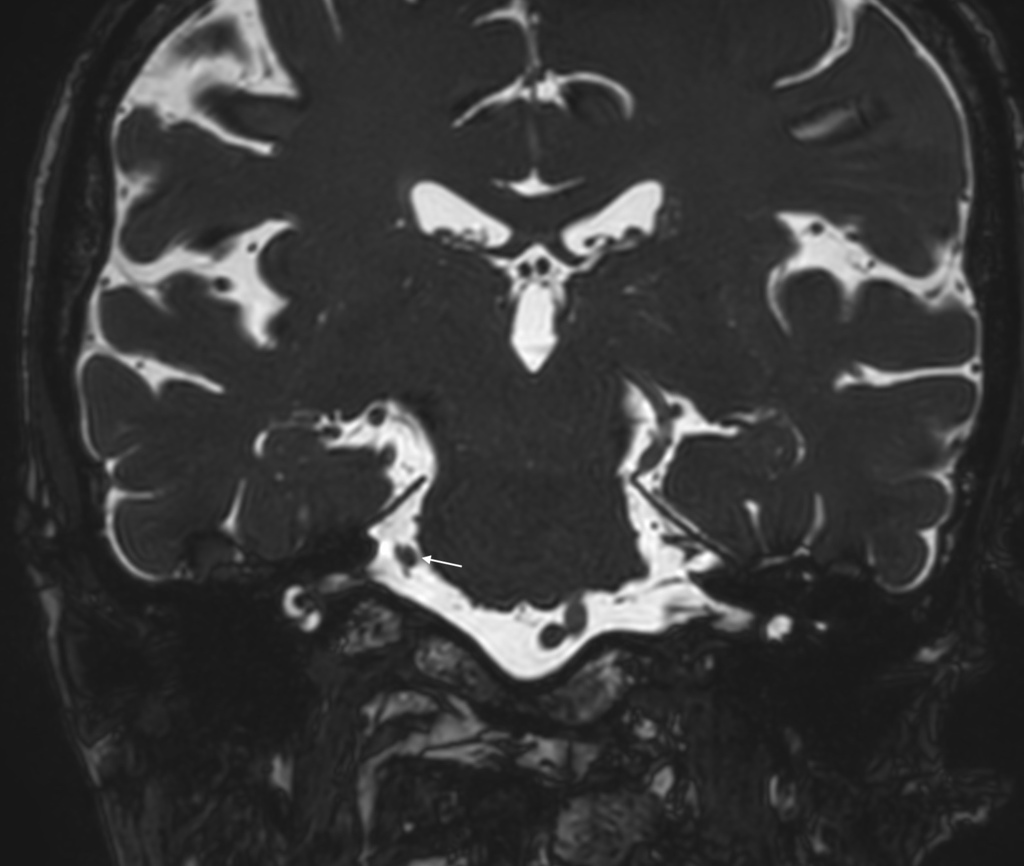
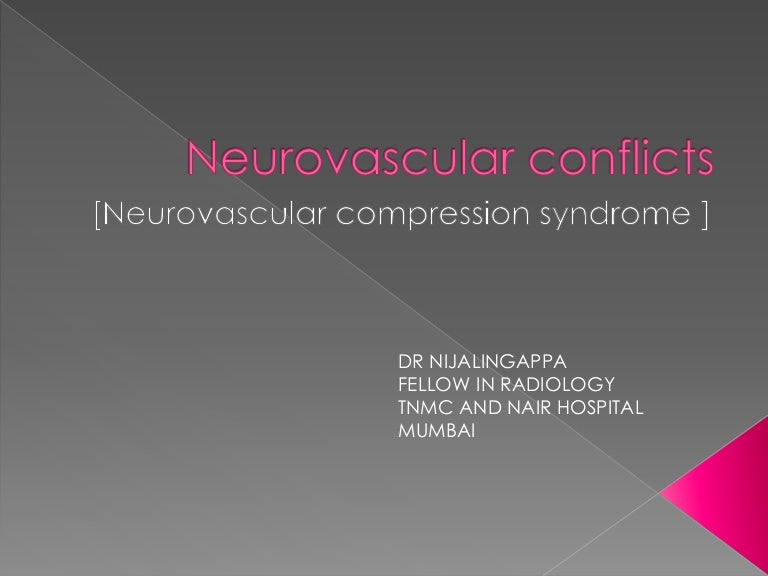










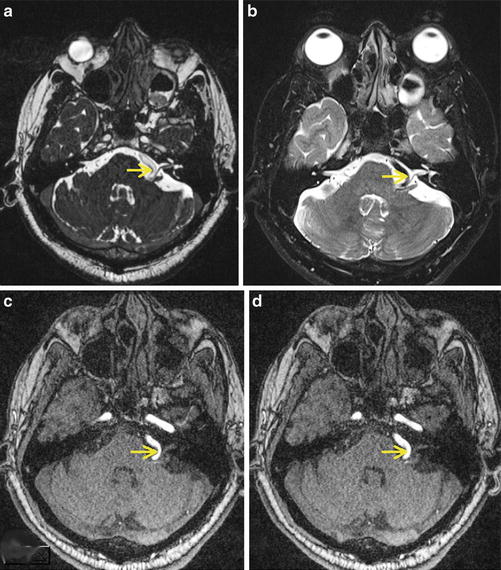


Post a Comment for "Neurovascular Compression Syndrome Symptoms"